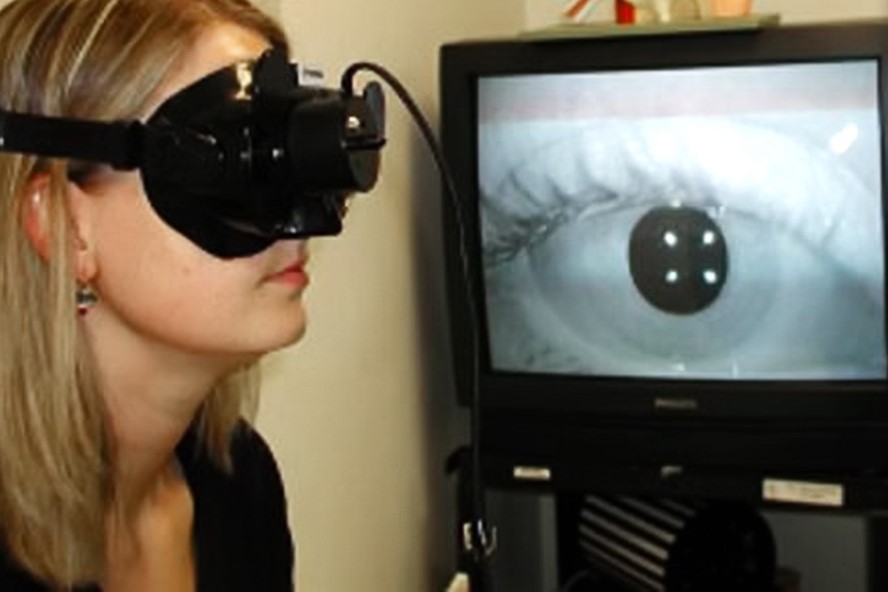
Vestibular examination: the test for balance disorders
The vestibular test consists of a series of tests that, by stimulating the vestibular formations (internal organs of the ear responsible for the sense of balance), allow balance disorders to be investigated
The vestibular formations are represented by the three semicircular canals (superior, posterior and lateral), the utricle and the sacculus.
All these organs help regulate the static and dynamic balance of the body in space: disorders such as dizziness or problems with coordination of movements are caused precisely by alterations in what is a true ‘balance system’.
What the vestibular test is for
The vestibular test is used to document the presence and extent of damage to the vestibular system, bilateral or unilateral, right or left.
These tests are performed in cases of vertiginous syndromes or episodes of deafness.
How the vestibular test is performed
The activity of the vestibular system on the muscles of the trunk and limbs that ensure walking and standing (vestibulo-spinal reflexes) is studied with the Romberg tests: the patient is standing still, with eyes first open and then closed; the test evaluates the number of oscillations of the body and their direction.
The activity on the muscles that ensure eye movements (vestibulo-oculomotor reflex) is studied with the observation of nystagmus, i.e. a series of involuntary oscillatory movements of the eyes, by means of Frenzel glasses (20 diopter glasses with internal illumination) or by camera recording (video-oculoscopy).
These are the spontaneous signs of a vestibular deficit.
The clinical vestibular test (bed-side) can be supplemented with other tests for evoked nystagmus (positioning, vibration, hyperventilation, head shaking) or other eye movements (head impulse test) and with thermal stimulation of the labyrinth, i.e. heat tests consisting of instilling hot (44°C) or cold (30°C) water into the ear for 30 seconds to provoke vertigo lasting approximately 60 seconds; the absence of vertigo or its more intense manifestation may indicate vestibular pathology.
These may be followed by other instrumental tests such as the recording of muscle evoked potentials (VEMPs) induced by stimulation of the utricle and sacculus receptors.
Vestibular tests are not painful and the vertigo provoked – although in some cases it can be violent and cause nausea – usually disappears within 2-3 minutes.
The patient should be accompanied by a relative and not consume food in the two or three hours preceding the test.
The use of drugs interferes with a proper performance.
Read Also
Emergency Live Even More…Live: Download The New Free App Of Your Newspaper For IOS And Android
The Vestibular Rehabilitation Of Vertiginous Patients
Inner Ear Disorders: Meniere’s Syndrome Or Disease
Benign Paroxysmal Positional Vertigo (BPPV): Causes, Symptoms And Treatment
Paediatrics, What Needs To Be Known About Childhood Otitis
Headaches And Dizziness: It Could Be Vestibular Migraine
Migraine And Tension-Type Headache: How To Distinguish Between Them?
Benign Paroxysmal Positional Vertigo (BPPV): Symptoms And Liberating Manoeuvres To Cure It
Parotitis: Symptoms, Treatment And Prevention Of Mumps
Acute And Chronic Sinusitis: Symptoms And Remedies
Tinnitus: What It Is, What Diseases It Can Be Associated With And What Are The Remedies
Barotrauma Of The Ear And Nose: What It Is And How To Diagnose It
How To Remove Something From Your Ear
What To Do In Case Of Earache? Here Are The Essential Check-Ups
Perforated Eardrum: What Are The Symptoms Of A Tympanic Perforation?
Earache After Swimming? Could Be ‘Swimming Pool’ Otitis
Swimmer’s Otitis, How Can It Be Prevented?
Deafness: Diagnosis And Treatment
Otitis: External, Medium And Labyrinthitis


